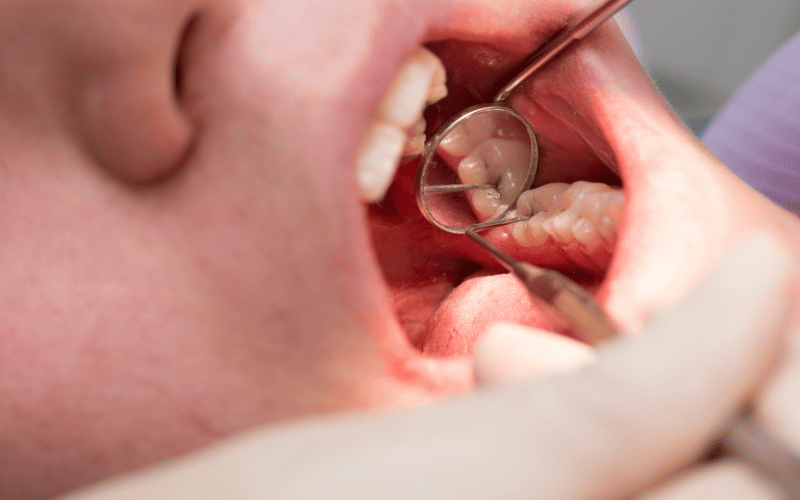6. Increased Risk of Caries: A Concern for DI Patients

Patients with Dens Invaginatus face an increased risk of developing dental caries. The enamel invagination creates pockets and crevices where plaque and bacteria can accumulate, making these areas more susceptible to decay. The altered tooth structure can also make it more challenging to remove these harmful substances, further increasing the risk of caries.
Early detection of dental caries is crucial, especially for individuals with DI. Regular dental check-ups allow for the timely identification of early signs of decay, facilitating prompt intervention. Dental X-rays play a vital role in this process, revealing areas of demineralization and decay that might not be visible during a standard oral examination.
Preventative measures are key in mitigating the risk of caries for patients with Dens Invaginatus. This includes maintaining diligent oral hygiene practices, utilizing fluoride treatments, and considering dental sealants for added protection. Dental professionals should work closely with patients to develop a tailored preventative care plan, addressing the unique challenges posed by DI.
In cases where dental caries has progressed, restorative interventions might be necessary. The choice of treatment will depend on the extent of the decay and the overall condition of the affected tooth.
For some patients, this might involve fillings or crowns to restore the tooth’s structure and function. Dental professionals must approach these cases with precision and care, ensuring that the restorative materials and techniques utilized effectively address the complexities of DI. (6)